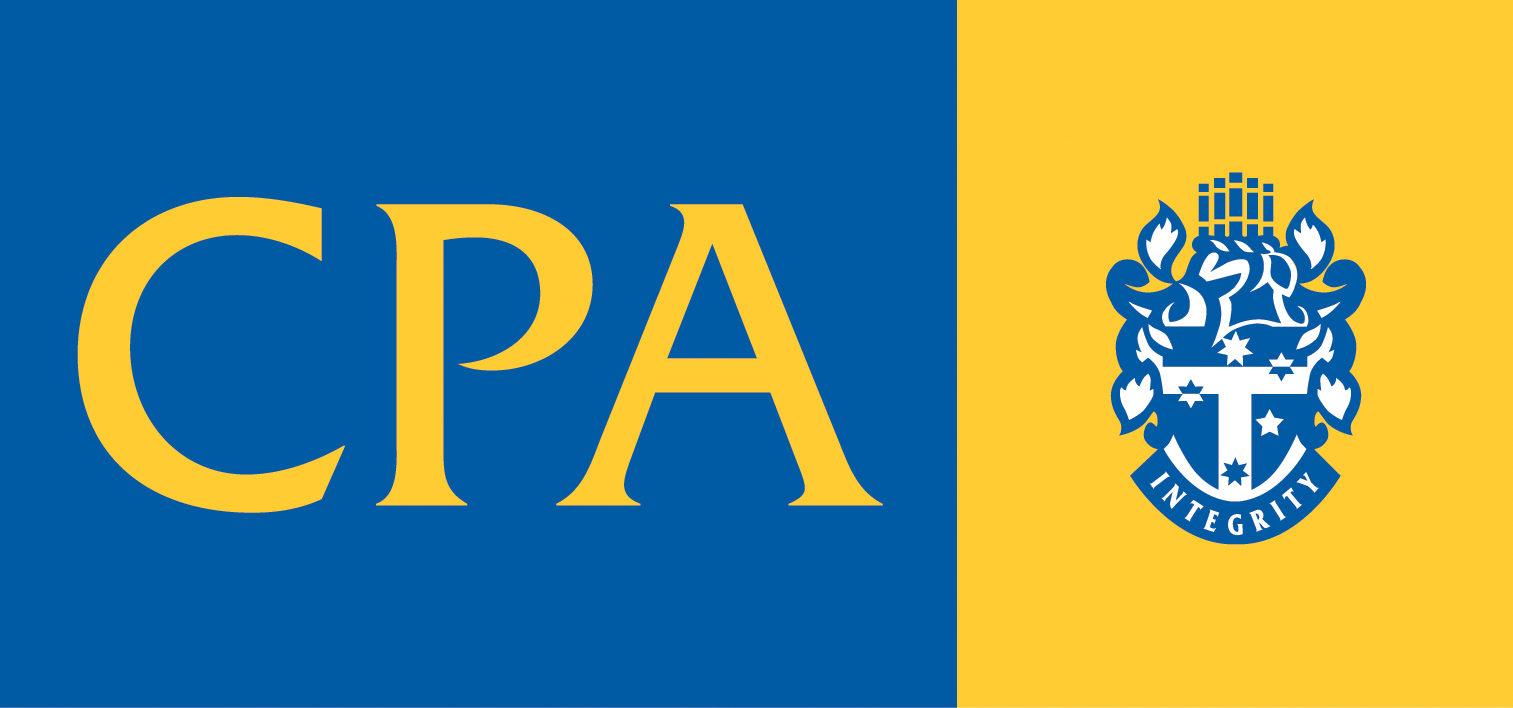Trust Resolutions – Why Timing and Evidence Matter
A recent decision of the Administrative Review Tribunal (Goldenville Family Trust v Commissioner of Taxation [2025]) highlights the importance of documentation and evidence when it comes to tax planning and the consequences of not getting this right.
The case involved a family trust which generated significant amounts of income. For the 2015, 2016 and 2017 income years, the trustee attempted to distribute most of the income to a non-resident beneficiary. As the trustee believed the income was classified as interest (this was challenged successfully by the ATO), the trustee assumed that the income would be subject to a final Australian tax at 10%, under the non-resident withholding rules. This was clearly more favourable than having the income taxed in the hands of Australian resident beneficiaries at higher marginal rates.
However, the ATO argued that the distribution resolutions were invalid and the Tribunal agreed. Why? The main reason was a lack of evidence to prove that the distribution decisions were made before the end of the relevant financial years.
While there were some documents that were purportedly dated and signed “30 June”, the Tribunal wasn’t convinced that the decisions were actually made before year-end and it was more likely that these documents were prepared on a retrospective basis. The evidence suggested the decisions were probably made many months after year-end, once the accountant had finalised the financial statements.
The outcome was that default beneficiaries (all Australian residents) were taxed on the income at higher rates.
Timing of trust resolution decisions is critical
For a trust distribution to be effective for tax purposes, trustees must reach a decision on how income will be allocated by 30 June each year (or sometimes earlier, depending on the trust deed). It might be OK to prepare the formal paperwork later, but those documents must reflect a genuine decision made before year-end.
For example, let’s say a trust has a corporate trustee with multiple directors. The directors meet at a particular location on 29 June and make formal decisions about how the income of the trust will be appointed to beneficiaries for that year. Someone keeps handwritten notes of the meeting and the decisions that are made. On 5 July the minutes are typed up and signed. The ATO indicates that this will normally be acceptable, but subject to any specific requirements in the trust deed.
If the ATO believes the decision was made after 30 June (or documents were backdated), the resolution can be declared invalid. In that case, you might find that one or more default beneficiaries are taxed on the taxable income of the trust or the trustee is taxed at penalty rates. This could be an unexpected and costly tax outcome and could also lead to other problems in terms of who is really entitled to the cash.
Broader lessons – it’s not just about trust distributions
The timing issue is not confined just to trust distribution situations. Other areas of the tax system also turn on when a decision or agreement is actually made, not just when it is eventually recorded.
For example, if a private company makes a loan to a shareholder in a given year, that loan must be repaid in full or placed under a complying Division 7A loan agreement by the earlier of the due date or lodgement date of the company’s tax return for the year of the loan. If not, a deemed unfranked dividend can be triggered for tax purposes.
If a complying loan agreement is put in place then minimum annual repayments normally need to be made to avoid deemed dividends being recognised for tax purposes
A common way to deal with loan repayments is by using a set-off arrangement involving dividends that have been declared by the company. However, in order for the set-off arrangement to be valid there are a number of steps that need to be followed before the relevant deadline. The ATO will typically want to see evidence which proves:
- When the dividend was declared; and
- When the parties agreed to set-off the dividend against the loan balance.
If there isn’t sufficient evidence to prove that these steps were taken by the relevant deadline then you might find that there is a taxable unfranked deemed dividend that needs to be recognised by the borrower in their tax return.
Documenting decisions before year-end
The key lesson from cases like Goldenville is that documentation shouldn’t be an afterthought — lack of contemporaneous documentation can fundamentally change the tax outcome. What normally matters most is when the relevant decision is actually made, not when the paperwork is drafted.
In practice, this often means:
- Check relevant deadlines and what needs to occur before that deadline.
- If a decision needs to be made before the deadline, ensure that a formal process is followed to do this. For example, determine whether certain individuals need to hold a meeting or whether a circular resolution could be used.
- Produce contemporaneous evidence of the fact that the decision has been made. You might consider sending a brief email to your accountant or lawyer explaining the decision that has been made before the relevant deadline , basically providing a time-stamped record of the decision.
- Finalise paperwork: formal minutes of meetings can sometimes be prepared after year-end, but they must accurately reflect the earlier decision.
Thinking carefully about timing — and building a habit of producing clear evidence of decisions as they are made — is often the difference between a tax planning strategy working as intended and an expensive dispute with the ATO.








